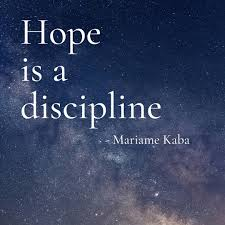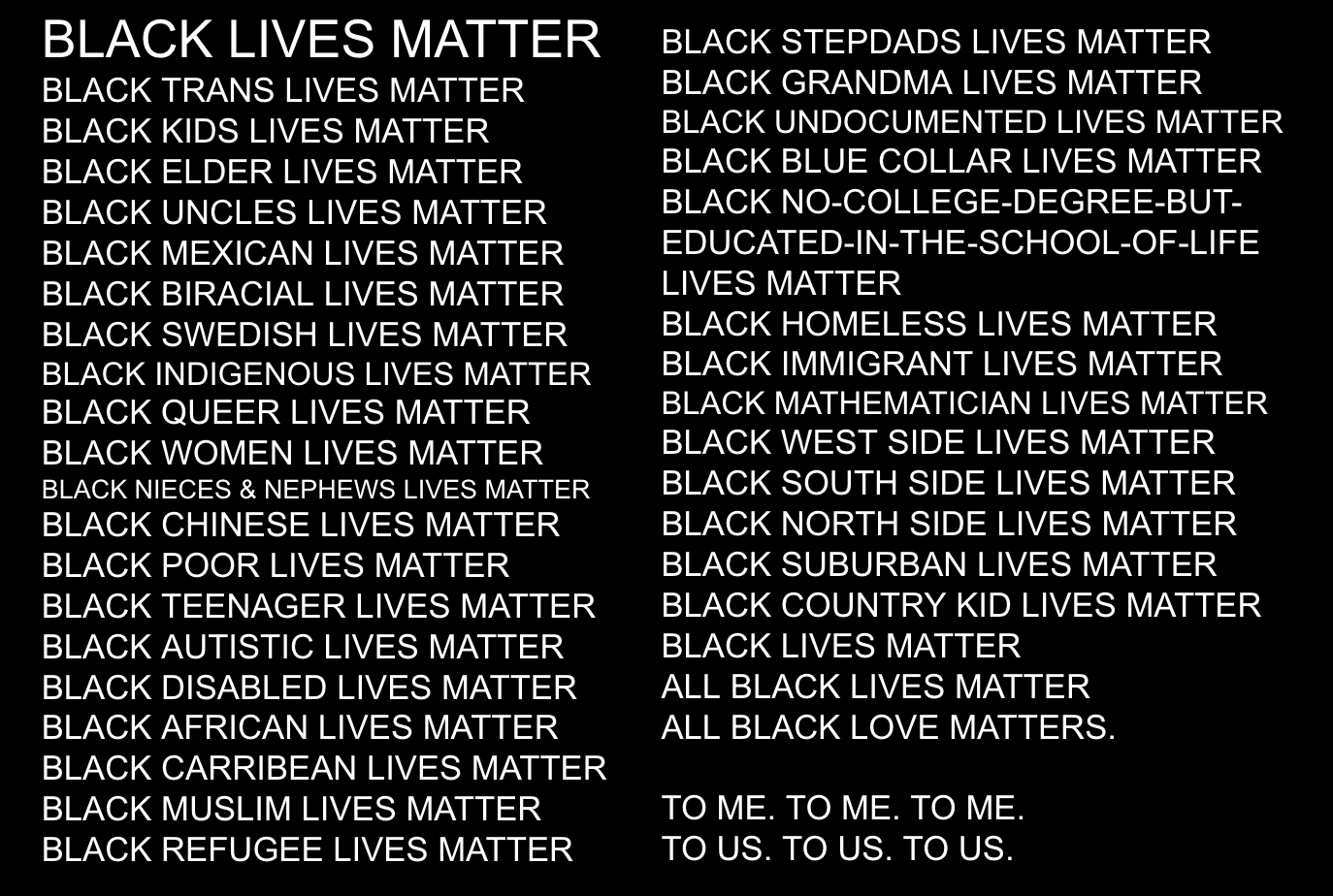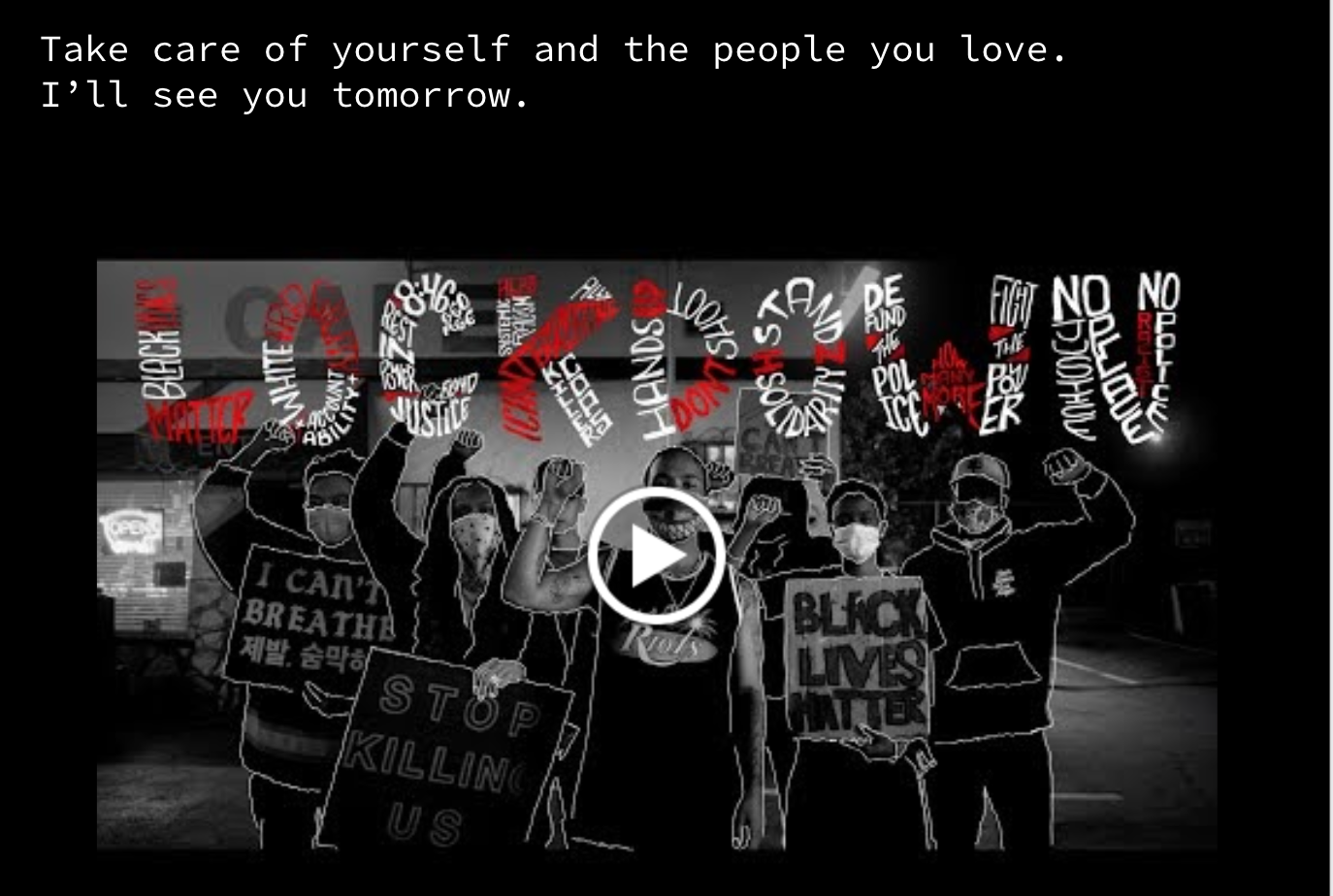|
|
|
|
|
Online Professional Development Sessions
|
|
|
|
Tonight at 9:00 EST
What Works in Math Intervention
Presented by Sarah Powell
Many students experience difficulty with math and require targeted math support. In this presentation, we’ll focus on the design and delivery of math intervention. We’ll review how to select critical content to teach in intervention. Then, we’ll highlight five practices (explicit instruction, precise language, multiple representations, fluency building, and problem-solving instruction) with a strong evidence base for improving math outcomes for students who experience math difficulty. By the end of this presentation, you’ll know what works in math intervention!
Join us at 9:00 PM EST. Click here to register!
|
|
|
|
You can always check out past and upcoming Global Math Department webinars. Click here for the archives or get the webinars in podcast form!
You can also visit our new YouTube Channel to find videos of past sessions and related content.
|
|
|
|
Hope is a discipline – a reflection by two math educators in Chicago
Sara Rezvi (@arsinoepi) and Joseph Ochiltree

Hope is a discipline.
When I think of the word ‘discipline’, two meanings come to mind. The first – a practice, a commitment, a promise to keep at it even in spite of precarity and austerity. Not the gimmicky kind, the one that has a veneer of something more but turns out to be disappointingly superficial. No. That is not the discipline I think of, but I ascribe to a definition of practice, a promise that I make daily. To myself, to the students I serve, to the world I envision.
The second definition – a function of control, a formatting power, a hegemonic violence – what Foucault would call the ‘multiple forms of domination’. The kind that breaks people into particles and retrofits them into harm.
It is the first definition that I choose to ascribe to as we unpack what this feels, sounds, and looks like in our daily teaching practices with our students. We pause and reflect about the importance of hope in our classroom spaces.
Hope is a discipline. These words from Mariame Kabe, an organizer and prison abolitionist in Chicago, resonate with both Joe and I fiercely. Dr. Bettina Love, talks about hope as freedom dreaming, a radical act of imagination to extend beyond the violence of now into liberatory possibilities. These ‘dreams are not whimsical, unattainable daydreams, they are critical and imaginative dreams of critical resistance”, she writes (p. 101, We Want to Do More than Survive: Abolitionist Teaching and the Practice of Freedom).
Joe is a long-time high school math teacher in Chicago, and I am the program director of Math Circles of Chicago, a former high school teacher, and a current doctoral student at UIC. We have been married for 12 years and counting. =)
In this post, we try to make sense of what it means to practice hope as a discipline in a world that feels so precarious, and so lost. How do we practice this meaningfully, with grace and love for our students? Our communities? Ourselves? When we are splintering? Below are some snippets of our conversation that we recorded and transcribed to share with the GMD community below:
Sara: As a white, male educator, what does it mean for you to call yourself an anti-racist educator? What does that look and sound and feel like for you? Why are you choosing to do this? What are spaces in which you are continuously reflecting upon?
Joe: Because I believe in it. I believe that I have to challenge myself to be explicit about it, to name it, to call out white supremacy for what it is, and how whiteness is perpetuated in math. As a teacher, I have to give my students the tools to combat this. At the same time, I have to be really careful and think about how I even make conversations like this possible in the remote setting. How do I make it so that there’s balance and purpose? Where there are moments and opportunities for hard conversations but that we have the ability to have fun and enjoy the beauty of mathematics as well? The number one thing I’m trying to be explicit about is that I value students’ backgrounds and cultures, that their identities and where they’re coming from matter, and that who they are and how they see the world is part of their family and part of the framework for their intellectual identity.
Sara: So, what does that look like in practice? What are some moves you’ve made in class? How might that be hindered in the pandemic teaching we’re experiencing?
Joe: The first thing that is coming to mind is a quote or paraphrase of Dr. King – ‘whatever the problem, the solution is community’. I want my 9th and 10th grade students to feel a sense of community, a sense of belonging, and hope with each other. At the same time, I am thinking about their academic identity development. So, for the last four weeks of school, my focus and emphasis has been on making it clear through the activities and norms we’re establishing that students’ ideas are valued, that their thoughts, even if they’re still forming, are important for the mathematical discussions we’re having. This is harder now that there are 20-35 rectangles that I try to keep track of for 6 hours each day – that I can’t put these norms up on the wall that students can see out of the corner of their eyes, but this has been my focus just the same.
Sara: I know you used the website Mathematically Gifted and Black in your teaching. Can you say more about this?
Joe: One of my students said the following this year, and it’s stuck with me. I’m paraphrasing here, but he said that as a Black teenager, that he has felt repeatedly that there is this lack of expectation for Black families to be intellectuals, to be thinkers. That he is really proud of all the learning and accomplishments that he’s made over his schooling, but that people seem to make assumptions that this is just not possible or true for kids like him.
To address this, I can’t be performative. I can’t just say “Black Lives Matter” and be done with it. I have to practice that as well, everyday. I have to be in a space of learning with my students.
So, I had students go to this website, Mathematically Gifted and Black, and asked students to find a biography of someone that resonated with them, to write a short summary about it, and then to present it to their peers. I did this because I am deliberately trying to combat the notion that mathematics only acknowledges the contributions of white men, and gives the message over and over again that this is the product of the minds of white men. Secondly, I want students to recognize and learn that every culture has mathematics that they’ve used for solving both practical and theoretical problems. That these contributions were critical to developing the mathematics we’re learning about today.
Sara: And I would add that the storytelling that you are engaging in is a counterstory to the dominant perspectives in this country about what it means to be American, what it means to be in power, what it means to be in community with and with whom. Last question, what are three unique and distinct ways that you are showing up for and with your students in your classroom this year?
Joe: Three things that immediately come to mind:
- People Over Math
- Deliberate Focus on Cultivating Math Discussion
- ‘Warm-Calling’ vs Cold-Calling
Sara: Sounds interesting! Can you explain briefly what each of these mean?
Joe: Sure, so, when I say People Over Math, I mean focus on developing the people side of my classroom before worrying about the curriculum, especially in this moment of great anxiety, grief, and frustration for my students. It’s a balance – I’m not forgetting about the curriculum or disregarding its importance, but if I have to choose between taking time in my class to address students’ needs regarding the Breonna Taylor hearing for example, I choose to do that instead. I choose to center my students’ needs instead.
For the second and third one, I try to be deliberate when giving students a chance to respond. I say “I’m gonna give you three minutes to process”. I try not to talk a lot to respect that time. In pandemic teaching, I don’t know if they’ve heard me say I’m giving them 3 minutes to process – maybe the student stepped away to help a younger sibling, maybe the internet is fuzzy, whatever, so I’ll reiterate this in the chat as well. After the time is up, I use the responses I’ve gotten in Peardeck to ‘stack the deck’ in terms of sequencing a classroom conversation. I’ll ask students to share some of their brilliance with the class by ‘warm-calling’ on students. I think of warm-calling as a way for invitation rather than putting someone on the spot. So, I’ll say things like “I can see what you wrote, (student), would you be willing to read it or share it in the chat? You can say no and that’s OK” and what I’ve found more often than not, by respecting student agency and choice, students are more willing to share their thinking when they know it’s low-stakes and collaborative.
Sara: Thank you for agreeing to co-write this with me, Joe. It means a lot to me to hear you reflecting about this intense school year, and how you are engaging in creating a space for students that is attempting to be warm, loving, and truthful from an anti-racist lens. I’m including what you wrote to your students on the day of the Breonna Taylor hearing, along with a link to the song you shared with them here: Anderson .Paak – Lockdown. I am hoping that we all continue engaging in active freedom dreaming, of collective liberation, of ensuring that mathematics spaces and beyond, as my professor Dr. Danny Martin would say, are worthy of Black & Brown children’s brilliance.


|
|
|

One theme amidst the responses is the common sentiment towards the objectivity of mathematics. For many, studying mathematics through K-12 education provided a comforting concreteness, one of the only spaces of learning where things felt factual, stable, and unchanging. It wasn’t like English class where you had to write about your feelings, or Social Studies where you had to debate different sides. For many of us, we were taught to view mathematics as a process, a linear trail that if followed would always lead to the correct answer, an answer that was just as the same 200 years ago as it will be 200 years from now.
I resonate with this sentiment as I recall my own mathematical journey. As the child of a military officer, we moved on average every 10 months to a new state. Changing schools meant changing learning pathways, transversing curriculums, and learning maps. I remember in 5th grade that I was tested for being “advanced” in mathematics and english in Virginia, only to relocate to Pennsylvania the following year and being told I was “behind” in both subjects. In 8th grade, I was required to take an assigned 5th grade level course in North Carolina history in order to graduate to attend high school because it wasn’t on my transcript, and apparently the information in that course was life or death for high school.
For me, mathematics classes came as a known comfort throughout my travels. I realized quickly that Kansas math was the same as New York math, that the patterns and thinking associated with the mathematical processes followed me from state to state. Being jostled by the consistent moving from place to place meant that mathematics became a pillar of stability for me that I didn’t know I needed.
That same view was not true for my sister. My older sister viewed mathematics as a position of happenstance. Her experiences in Kansas, New York, North Carolina, Pennsylvania and the many other places we traveled led her to believe that mathematics was in the eye of the beholder. Whoever was the instructor at present, her job was to mimic their behaviors in order to be successful in the course. Unfortunately, these behaviors of the instructors caused her to view mathematics differently in every location we attended. Sometimes, math was rigid while other times math was loose. At one point, math to her was about speed, and when we relocated, math became about understanding. In 9th grade, math was about procedures, and in 10th grade math was about concepts. The constant flipping of the “way of mathematics” became a pillar of instability for her in how she defined math as a whole.
How could we, as two human beings living in the same household and often in the same math classes, arrive at two completely different places about what mathematics is?
In 1989, NCTM published its Curriculum & Evaluation for School Mathematics, which many believe sparked the “Math Wars”. The argument placed traditional mathematics and reform mathematics at odds, one stressing the need for students to use algorithms and procedures before understanding concepts, and the latter using inquiry-based learning and pointing students toward the understanding before the processes. You can read up on the specifics, but the important piece is that NCTM noted a shift in mathematical teaching and learning that was based on research and moved in that direction.
This shift had followed a scientific process for understanding how children learn mathematics (NRC, 2000). Yet, still today the research from the National Research Council is often rejected by the public and many math educators because “this is not how I was taught” or “this makes me uncomfortable because it is different from my own experience”. For many, rejecting what research has shown us about learning mathematics is about losing the comfort of what is known. This anti-science sentiment perpetuates the ideas found in the MAA responses, as people refuse to shed their view of the “objectivity” of mathematics because of the comfort of the falsity.
As educators, we must be careful not to essentialize the parts of science and research that we like, leaving the remaining components behind. We want our students to make sense of problems and persevere in solving them, but we often do not want to recognize that mathematics as a field is still persevering. We want students to construct viable arguments and critique the reasoning of others, yet we often don’t want students to realize that mathematics as a field is still being constructed. Mathematics as a field is not finished.
On July 10, 2020 of this year, TODOS held a panel discussion moderated by Dr. Luz Maldonado Rodriguez, with panelists Margarita Barraza, Marian Dingle, Dr. Rochelle Gutierrez, and the TODOS President, Dr. Linda Fulmore. Both this panel as well as the MAA document recognize new research that shows how the field of mathematics is shifting. The field of mathematics is beginning to recognize how our social identities shape not only our view of mathematics, but also the way mathematics is constructed, taught, pursued, and enjoyed. It is beginning to recognize that “mathematics is created by humans and therefore inherently carries human biases” (MAA, 2020).
The replies to the tweet do not surprise me; we are in the middle of another “math war” in which the criticality of mathematics is debated. Familiarly, one side is based on science and research, and the other is based on historical preference and comfort.
And while my sister helped me to experience the difference between the two, we have to ask ourselves as the larger mathematical community, are we shifting towards science and research or towards comfortability?
May you find yourself amongst those who choose to humanize others, who choose discomfort and the unknown in a scientific, research-based effort to expand the field of mathematics.
Lauren Baucom
(@LBmathemagician)
|
|
|
|
Get Involved with the Newsletter
Our team of writers and curators is committed to produce content that is reflective of our Statement of Solidarity and with the goal of moving these words into action.
With this in mind we are calling for new volunteers to expand our perspectives and raise our collective voices to move this publication forward. If you are interested in becoming a regular contributor or would like the opportunity to contribute as a guest writer, please fill out this form.
|
|
|
|
|
|
|